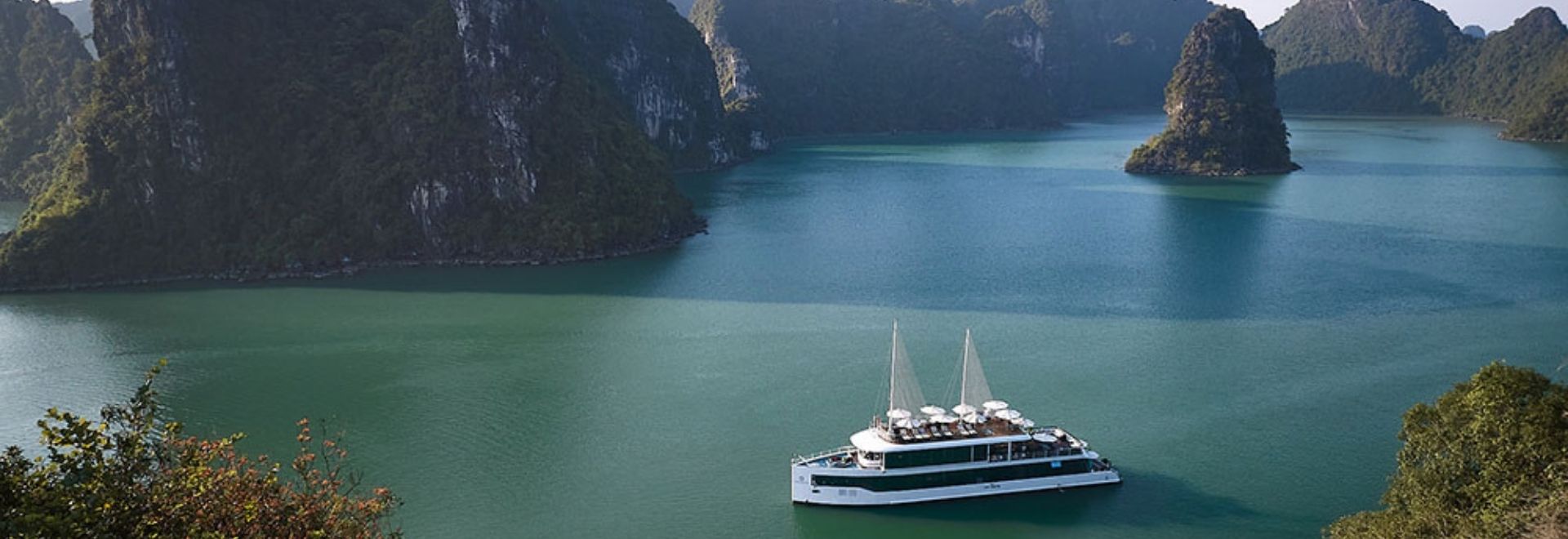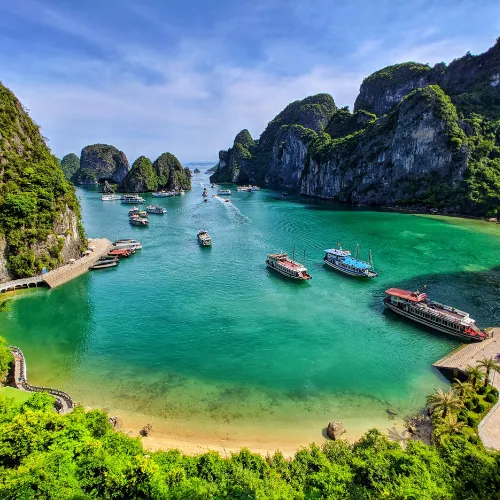Hue – The Imperial City
The Imperial City of Hue was actually a walled fortress and palace belonged to the ancient city of Hue which was a capital city of the Nguyen Dynasty
Regarding historical aspects, Hue was a capital city of the Nguyen Dynasty dating back from 1805 till 1945. The ancient capital is a home of many temples, pagodas, tombs, and palaces with impressive architectural styles. There’s a mistake if you don’t mention the Imperial City that is the walled citadel and royal palaces when traveling to Hue. The Imperial City served as a venue for significant court ceremonies, forebear worship, and the royal family’s residence. With a profound value of history, culture, and architecture, the Imperial City is officially recognized as a World Heritage Site by UNESCO.
Additionally, the tombs in which the Emperors’ mummy under the Nguyen Dynasty stored now are opened for sightseeing. Therefore, these tombs have magnificent architectural designs that make a deep impression on tourists’ minds. Amongst seven royal tombs, Minh Mang, Tu Duc, and Khai Dinh tombs are famous tombs. Moreover, another destination recommended for tourists is Thien Mu pagoda – the oldest and the most magnificent religious monument in Hue.
The ancient capital is also well-known for its sophisticated cuisine, which helps enrich Vietnamese culinary art. Several Hue specialties are mussel rice, Hue beef noodle soup, etc. which are worth tasting. Besides, Hue imperial city is considered as a festival city. As being first organized since 2000, festivals have been particular cultural affairs for residents. With local and foreign artists’ participation, festive activities have resuscitated many Vietnamese antique capital values. Visiting the main attractions in Hue and savoring many specialties here will bring you lots of memorable experiences.




